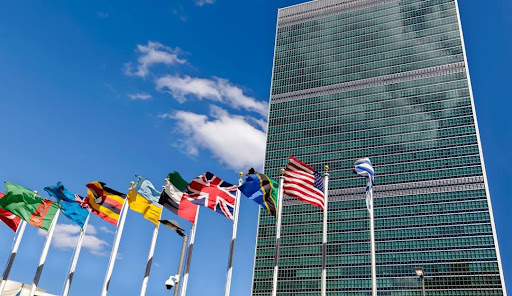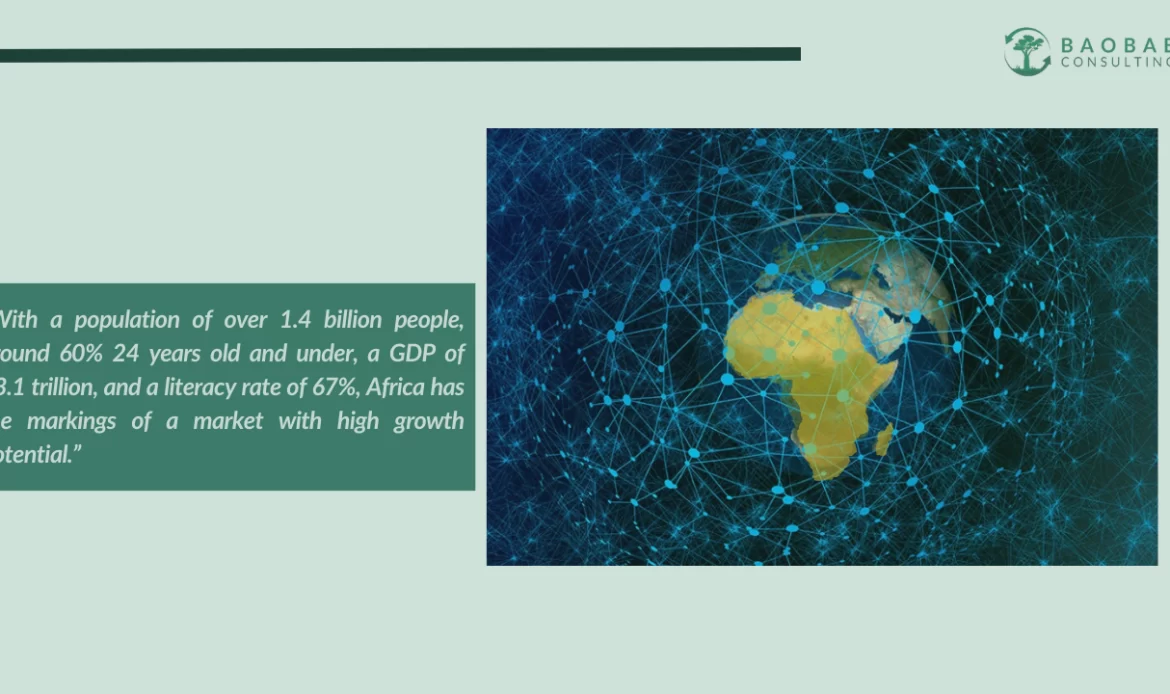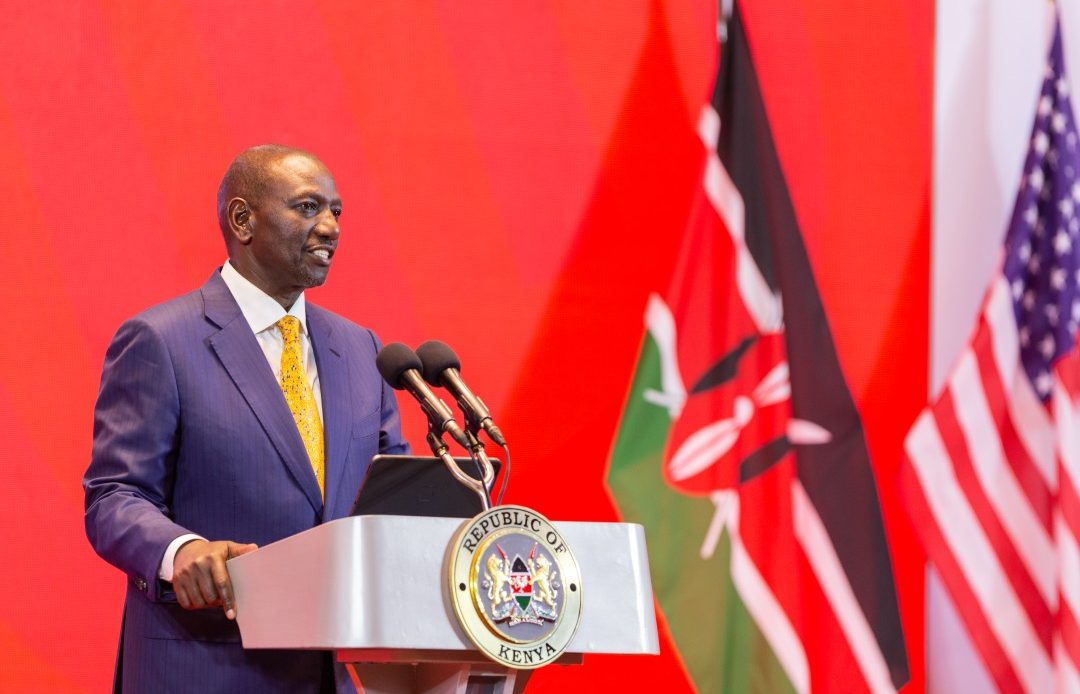Confronting Contradictions Within African Female Entrepreneurship Trends
The dilemma with African female entrepreneurship lies in the contradiction between its dominating presence in African markets and its unrealized potential for growth.
I recently wrote a dissertation on family pressure and returns to capital for female entrepreneurs in Ghana, and I encountered a theory during my research known as mixed embeddedness (Langevang et al. 2015). This theory investigates how the interplay between economic institutions and society causes simultaneous yet contradictory realities that both legitimizes and marginalizes female entrepreneurs in Ghana.
On one hand, Langevang et al. (2015) find that Ghanaian female entrepreneurs enjoy a level of respect, social support, and ambition that is not found in most Global South countries, which the authors attribute to Ghana’s institutional context. On the other hand, the observed high entrepreneurial rate does not coincide with high performance or growth aspirations. Rather, evidence from the 2010 GEM report shows that more Ghanaian men run businesses that are more than three and half years old, while women merely dominate in running nascent and new businesses (GEM 2010).
These gender disparities in firm growth, size and entry/exit are found throughout the continent (and globally) and are widely attributed to a strident and intensively studied issue: the access to finance gap.
In this paper, I investigate the access to finance issue for African female entrepreneurs, shed light on the more complex relational dynamics that further impedes economic empowerment, and present recommendations to address the access to finance gap on various levels.
Brief Overview of Access to Finance Issue for African Female Entrepreneurs
The access to finance gap is a significant impediment for female entrepreneurs on the continent. According to Equal Footing’s 2014 report on women’s financial inclusion in Africa, women entrepreneurs receive only a small fraction of the total capital available for SME investment across Africa. Some explanations for this gap relate to the lack of access to funding — grants, loans, credit, etc. — due to insufficient collateral and the precariousness of informal businesses. Additionally, there are gender disparities in financial literacy, skills and education that further contribute to the problem. Others, such as the African Development Bank’s Hanan Morsy, have argued that women’s self-selection out of even applying for the loan plays a larger role in limiting access to finance than the supply-side constraints like high interest rates and collateral requirements.
Furthermore, there is no question that COVID-19 has exacerbated this gap, as Baobab partner SME.NG has found in their recently published National Survey on the Impact of COVID-19 on Women-Owned Businesses in Nigeria. CDC Group, NextBillion and many others have been monitoring the challenges that African female entrepreneurs will be facing in accessing finance.
Access to Finance Initiatives for African Female Entrepreneurs
Undoubtedly, there have been many impactful initiatives working to close the gap. The African Development Bank’s Affirmative Finance Action for Women in Africa (AFAWA), a pan-African initiative launched in 2016 to bridge the $42 billion financing gap faced by female-owned enterprises across the continent. The IFC’s Banking on Women Global Trade Finance Program (BOW-GTFP) Initiative aims to close the trade finance gap by empowering banks to increase trade finance to women importers and exporters. Additionally, organizations such as Women’s World Banking partake in gender lens investing, with their own women-focused and women-managed inclusive finance equity fund.
There are also many notable country-level organizations dedicated to supporting female entrepreneurs in the long-run, including SME.NG in Nigeria, the Women’s Investment Club in Senegal, and Women’s World Banking Ghana as well as pan-African funds such as the Graça Machel Trust.
In relation to COVID-19, the Women Entrepreneurs Finance Initiative (We-Fi) has issued over $16 million to the World Bank Group for a digital access to finance and markets program for female-owned enterprises in the Sahel and an early-stage finance program for women entrepreneurs across regions. They also issued over $11 million to the Islamic Development Bank for its program supporting West African female entrepreneurs in the rice value chain.
Digging Deeper: Does Cash In Hand Automatically Address Access to Finance Barriers for Women?
There is no question that getting more funds into the hands of female entrepreneurs should remain a principal goal of access to finance initiatives. However, if the primary barrier impacting a female entrepreneur’s access to finance is lack of household decision-making power over financial resources, loans and grants alone will not be sufficient solutions. This points to an ongoing concern in the microfinance debate, where researchers have studied the level of agency women have actually been able to exercise over their own financial resources. One influential study by Goetz and Sen Gupta (1994) on micro loans in Bangladesh found that a significant percentage of women in the sample had limited or no control over loans awarded in their name; rather, it was their male relatives that controlled the loans.
A paucity of household decision-making power can marginalize women’s ability to direct liquid funds to her business. Cash on hand is more vulnerable to internal or external pressure to use those funds in a way that provides immediate benefit to household members (Fafchamps, Kebede and Quisumbing 2009). Some researchers have found higher returns to capital for female entrepreneurs that received in-kind capital (equipment or supplies for business) compared to cash grants, arguably because the in-kind capital was not as transferable outside of the business (Fafchamps et al. 2011).
Furthermore, social norms that impose gender roles on women in the Global North and South impact the amount of time a female entrepreneur can invest in her business, despite the apparent flexibility that entrepreneurship provides her. Because of neoliberal economic reforms from the 1980s and reinforced gender norms that dissuade men from contributing to the domestic sphere, women across the continent (and beyond) are likely to spend a larger part of their profits on household expenditures, which impacts their ability to invest in the business (Overä 2007).
Recommendations
Overall, the access to finance gap for female entrepreneurs is a significant issue that, if addressed, can have transformative macroeconomic effects. In Ghanaian context, Adom (2015) argued that female entrepreneurship was a catalyst for economic development in Ghana. The qualitative study examined 60 female entrepreneurs in Accra and found that female entrepreneurs have the potential to ensure economic development if they are provided with better social, political, and economic support. While there is already excellent work to address the issue, there remains much to be done. As such, I put forward the following recommendations:
Improve access to digital financial services, especially digital savings accounts
In the age of COVID-19, access to finance is contingent on access to technology, as the Centro de Comercio Internacional have highlighted. Those who do not have access to digital banking are at a higher risk of financial instability. One critical step to make this happen would be to advocate for alleviating transaction costs, as AppsTech CEO Rebecca Enonchong effectively did when appealing to MTN Cameroon to remove mobile money transaction charges in the country.
Additionally, more digital savings products are necessary to improve agency over finances. Dupas and Robinson (2013) randomly distributed non-interest-bearing bank accounts to a sample of (mostly) female market vendors and male bicycle taxi drivers in rural Kenya. The results found that a significant number of the market women used the accounts, were able to save more, invest more productively, and preserve funds for private expenditures. While this tool does not in itself generate more income for female entrepreneurs, it can assist them in protecting their funds from family or social pressure. Ease and effectiveness of saving can boost savings rates, which could help make them more attractive to lenders in the future.
Advocate for women’s land ownership rights to improve access to collateral
While lack of collateral should not keep women from accessing loans, grants or formal bank accounts, land remains an immeasurable form of wealth to which women must have legal rights in order to truly achieve economic empowerment. There was a recent victory in Botswana with married women gaining the right to own property. Similar changes must take effect across the continent, especially for single women and youth who wish to independently own property.
Civil society organizing to improve male spousal support
Spousal support has been found to play a significant role in female entrepreneurial success and economic empowerment. De Mel, McKenzie and Woodruff (2009, 2012) found that the gap between male-run and female-run business outcomes in Sri Lanka is lower for women from more “cooperative” households where they are more involved in household decision making. Gender equality starts at home, and it is civil society that will ultimately usher the cultural shift.
Academic Sources
- Adom, K. (2015). “Recognizing the Contribution of Female Entrepreneurs in Economic Development in Sub-Saharan Africa: Some Evidence from Ghana.” Journal of Developmental Entrepreneurship, 20 (1), 1-24
- De Mel, S., McKenzie, D., & Woodruff, C. (2009). Are women more credit constrained? Experimental evidence on gender and microenterprise returns. American Economic Journal: Applied Economics, 1(3), 1-32.
- Dupas, Pascaline and Jonathan Robinson (2013). “Savings Constraints and Microenterprise Development: Evidence from a Field Experiment in Kenya.” American Economic Journal: Applied Economics 5, no. 1 (01): 163-192. doi: http://dx.doi.org.gate3.library.lse.ac.uk/10.1257/app.5.1.163.
- Fafchamps, M., Kebede, B., and Quisumbing, A. R. (2009). “Intrahousehold Welfare in Rural Ethiopia.” Oxford Bulletin of Economics and Statistics 71, no. 4: 567-99.
- Fafchamps, M., McKenzie, D., Quinn, S., & Woodruff, C. (2011). “When is capital enough to get female microenterprises growing? Evidence from a randomized experiment in Ghana.” NBER Working Paper Series, N/a.
- Goetz, A.M. and Sen Gupta, R. (1994). Who takes the credit? Gender, power and control over loan use in rural credit programmes in Bangladesh. World Development, 24(1), 45-63.
- Kelley, D. J. Brush, C. G., Greene P. G., and Litovsky, Y. (2011). 2010 women’s report. Global entrepreneurship monitor. Available online: http://www.gemconsortium.org/docs/download/768.
- Langevang, T., Gough, K. V, Yankson, P. W. K, Owusu, G., and Osei, R. (2015). “Bounded Entrepreneurial Vitality: The Mixed Embeddedness of Female Entrepreneurship.” Economic Geography 91, no. 4: 449-73.
- Overå, R. (2007). “When men do women’s work: structural adjustment, unemployment and changing gender relations in the informal economy of Accra, Ghana.” Journal of Modern African Studies 45: 539– 63.





